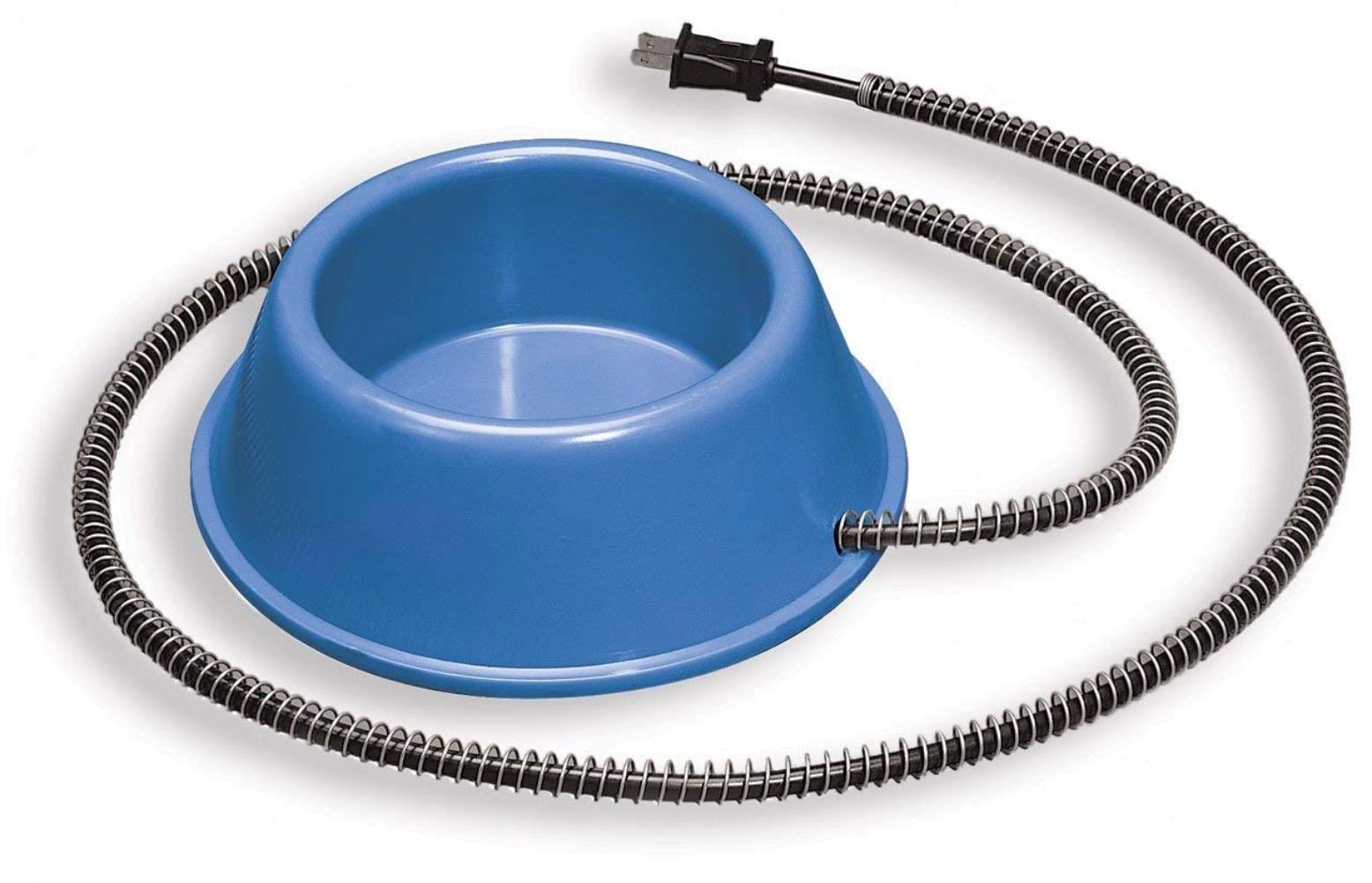- Joined
- May 13, 2021
- Messages
- 1,987
We don't normally have much trouble keeping our water from freezing here. EXCEPT the chicken waterer it freezes right up. So I am still looking for an option for that one.
For our larger critters we use 275 gallon totes for storage with the troughs sunken in the ground which stops a lot of temperature issues. Both hot and cold. But with temps getting down in the teens and lower with plenty of wind I do worry about the valves and small pipes breaking from freezing. So I am going to put some of our no longer used HF solar panels to use heating the water in the totes. Well one to start off with. But I thought I'd share the idea and project incase anyone wants to copy.
Lowest wattage 12 volt water heater element I could find was 60 watts. Which will require 4 of these little HF panels. No controller nothing but panels wired directly to the heating element. With a volume of water just a few degrees can make a huge difference in whether or not if freezes.
www.ebay.com/itm/273180566437
They will accept $22 for these.
For our larger critters we use 275 gallon totes for storage with the troughs sunken in the ground which stops a lot of temperature issues. Both hot and cold. But with temps getting down in the teens and lower with plenty of wind I do worry about the valves and small pipes breaking from freezing. So I am going to put some of our no longer used HF solar panels to use heating the water in the totes. Well one to start off with. But I thought I'd share the idea and project incase anyone wants to copy.
Lowest wattage 12 volt water heater element I could find was 60 watts. Which will require 4 of these little HF panels. No controller nothing but panels wired directly to the heating element. With a volume of water just a few degrees can make a huge difference in whether or not if freezes.
www.ebay.com/itm/273180566437
They will accept $22 for these.

